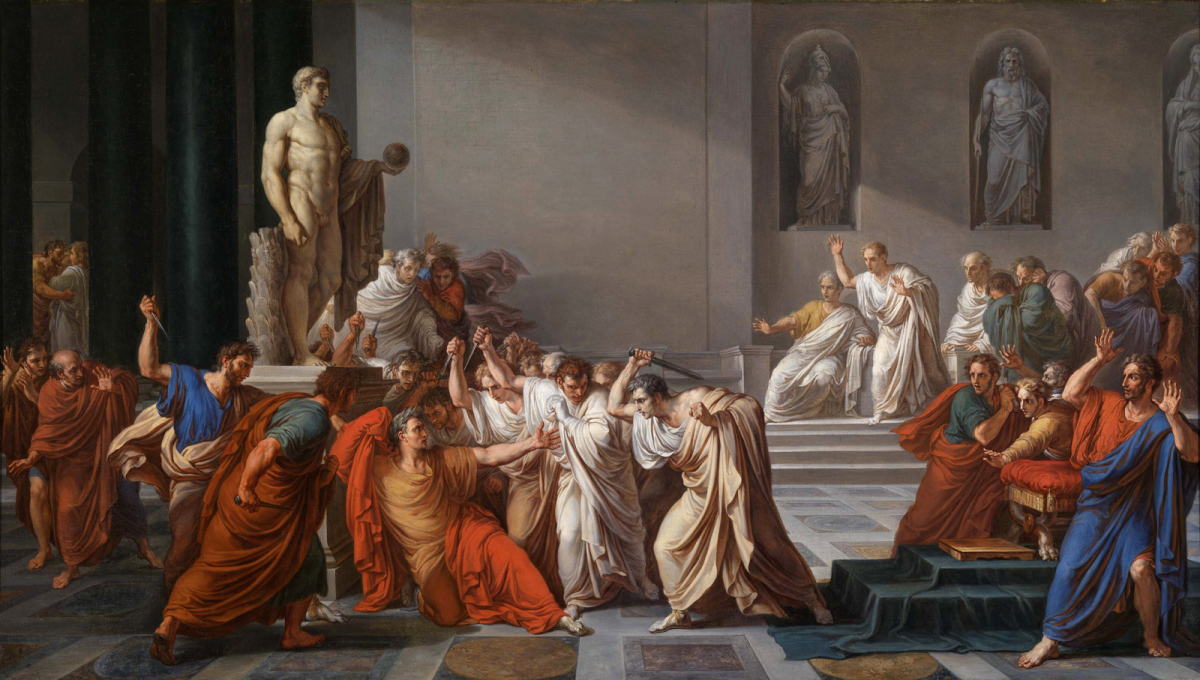(Photo)
With December coming to a close, the idea of New Year’s Eve is just around the corner. The resolutions, the parties, the feasting, even the ball drop; millions of people around this time of year spend a while planning a celebration for the passage of time and the beginning of a new year. However, where did these traditions and the ideas of celebration come from?
Similar as it is to today, ancient civilizations and religions all saw different times as the beginning of a new year. The Lunar calendar may be the literal new year in recent centuries, but many religions see the years differently as just how many we’ve counted that we’ve orbited around the sun. Many Asian countries have celebrations and traditions that follow the ones their ancestors once did, a majority of these traditions earlier in the Lunar calendar year.
Though many groups have different traditions for celebrating the New Year, the traditions that are mostly known for the Lunar New Year are incredibly widespread. These traditions date back to thousands of years ago, many believing the Babylonians had begun the custom around 4,000 years ago in an attempt to earn the favor of the Gods. Specific foods that many still dine on for New Years were viewed as symbolic towards different things relating to the new year, such as Black-eyed peas symbolizing good luck in the Southern American states. The gatherings and celebrations with friends and family were first adopted in Scotland, England, and the British Isles.
The differences between cultures and ways of celebrating a holiday are all vastly different, some with religious or spiritual reasonings and some celebrating to keep traditions alive or simply to have a good time. A vast majority of Americans celebrate this holiday, mixing a variety of different cultural celebrations together to create what most know as typical New Year’s Eve celebrations.
Source: Brittanica








